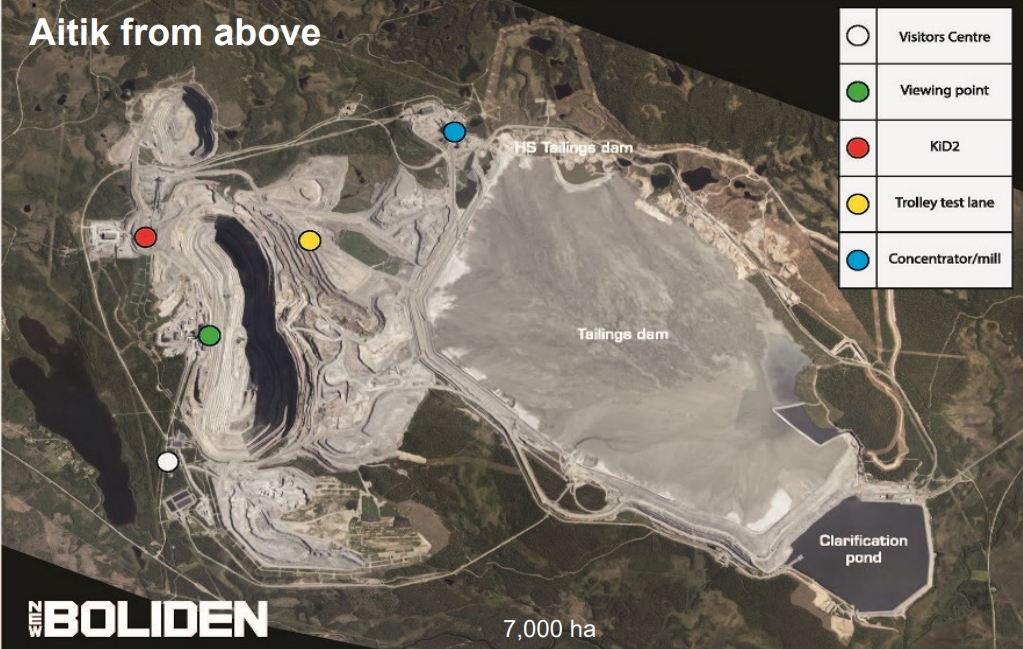Grade is not King in the Porphyry Copper Space
About Grade
Many investors see grade as being an important factor when looking for an investment in the copper sector. While grade may be important for small complex deposits, it is emphatically not the most important factor with porphyry deposits.
Porphyry deposits have several characteristics that make them attractive investments for major mining companies – companies which focus on profitability and mine life, not on grade.
They can be gigantic – for example, as at 31 December 2018 Escondida had sulphide reserves of 5.6 billion tonnes at 0.66% copper and a staggering sulphide resource of 11.8 billion tonnes at 0.51% copper. So: would you rather have Escondida, or a few million tonnes of 5% copper, perhaps with a bit of zinc and other metallurgically annoying stuff?
This leads to a second benefit, porphyry mineralisation is typically evenly distributed and best defined by a cut-off grade rather than a vein margin, footwall or similar in other types of copper deposits. This facilitates large scale, low cost mining.
Thirdly, porphyry ore has sweet physical and metallurgical characteristics that facilitate very large scale low cost treatment.
So if you want a takeover premium in your stock choose something that is likely to appeal to the majors.
Some History
Copper has been in use for at least 10,000 years, initially native copper was melted and cast into objects. The first reference to the actual mining of copper was from around 3,800BC when the Egyptians refer to copper mining on the Sinai Peninsula.
Until the middle of the nineteenth century copper was produced by the direct smelting of high grade vein material and most was used for alloying with zinc and tin. However copper demand was to soar as a result of three inventions: the overland telegraph; the beginnings of electrification in the 1880’s; and the automobile radiator at the turn of the century.
Thus by the dawn of the twentieth century new, bigger sources of copper were required. At around the same time developments in beneficiation and the steam shovel enabled the potential mining and processing of large, low grade copper deposits. At the time “low grade” referred to grades less than 2.5% copper and large was 10’s of millions of tons.
This was the start of the porphyry era, which continues to this day. Bingham Canyon was the first low grade porphyry copper deposit off the rank. Operations commenced in 1905 on a reserve of about 40 million short tons at the then very low grade of 1.98% copper. Today the median copper grade for porphyry mines is around 0.5% and still falling.
In conclusion it is important to note that grades are not declining because “all the best discoveries have been mined” and similar nonsense. In fact grades are lower because improvements in mining and processing allow lowering of cut-off grades, to around 0.2% today. Big, big operations have unbelievably low unit costs. And for a major, in fact for all stakeholders, extending the life of an existing mine is far more profitable than trying to find replacement deposits.
An Example from Sweden
I think it would be useful to have a look at one of the world’s lowest grade copper mines operating today.
For the 2018 year Boliden’s Aitik mine milled 38.4 million tonnes at a head grade of 0.29% copper, 0.14g/t gold and 1.8g/t silver. At the end of 2018 it had reserves of 1,148 million tonnes at a grade of 0.22% copper, 0.14g/t gold and 1.2g/t silver. Resources totalled 1.5 billion tonnes at 0.16% copper, 0.09g/t gold and 0.8g/t silver.
Aitik is located within the Arctic Circle in Sweden, where temperatures reach -45oC in winter. The reason the mine is profitable at such low grades is that it is one of the most efficient mines in the world. The mine features in-pit crushing, underground and overland conveyers, two gigantic 22.5MW gearless mill drives, etc. It is highly automated and the entire system can be managed on smartphones.
The mine had operating costs of a little more than USD5/t in 2018, and produced EBIT of around USD260M. It is the world’s most productive open pit copper mine, with almost 30 tonnes of ore milled per manhour.
Image Courtesy Boliden
Finally
The point is that “low grade” depends upon where you stand in time. Once 2% was rubbish, now the time approaches when 0.2% will be gangbusters.
In sum – go for porphyry, go for big.

